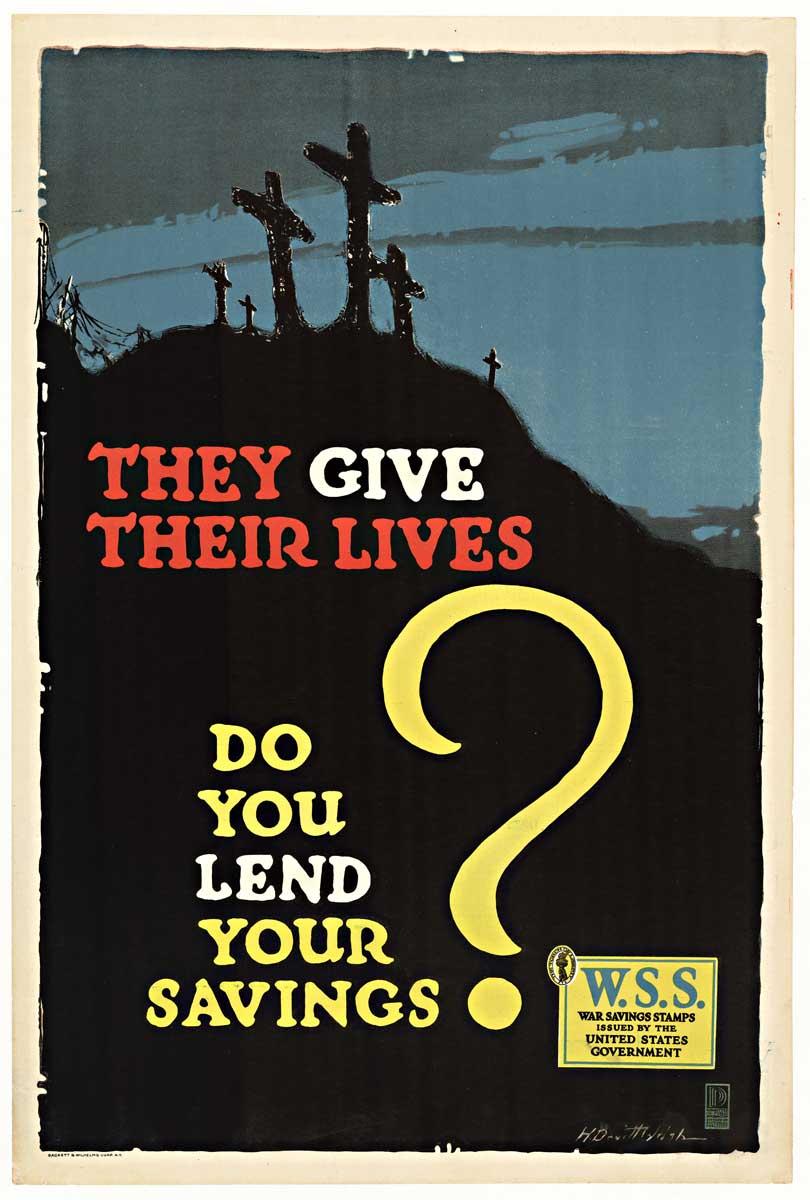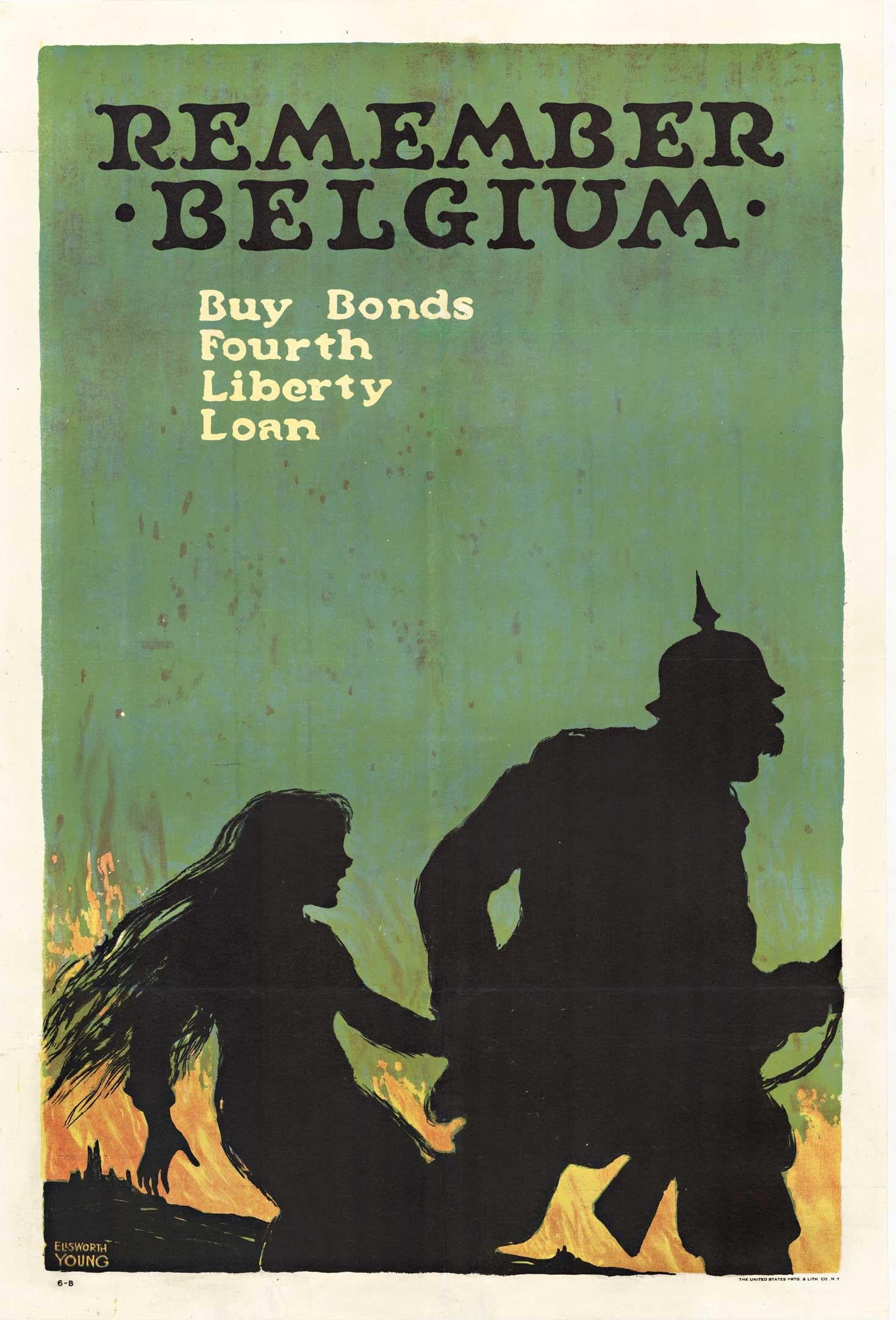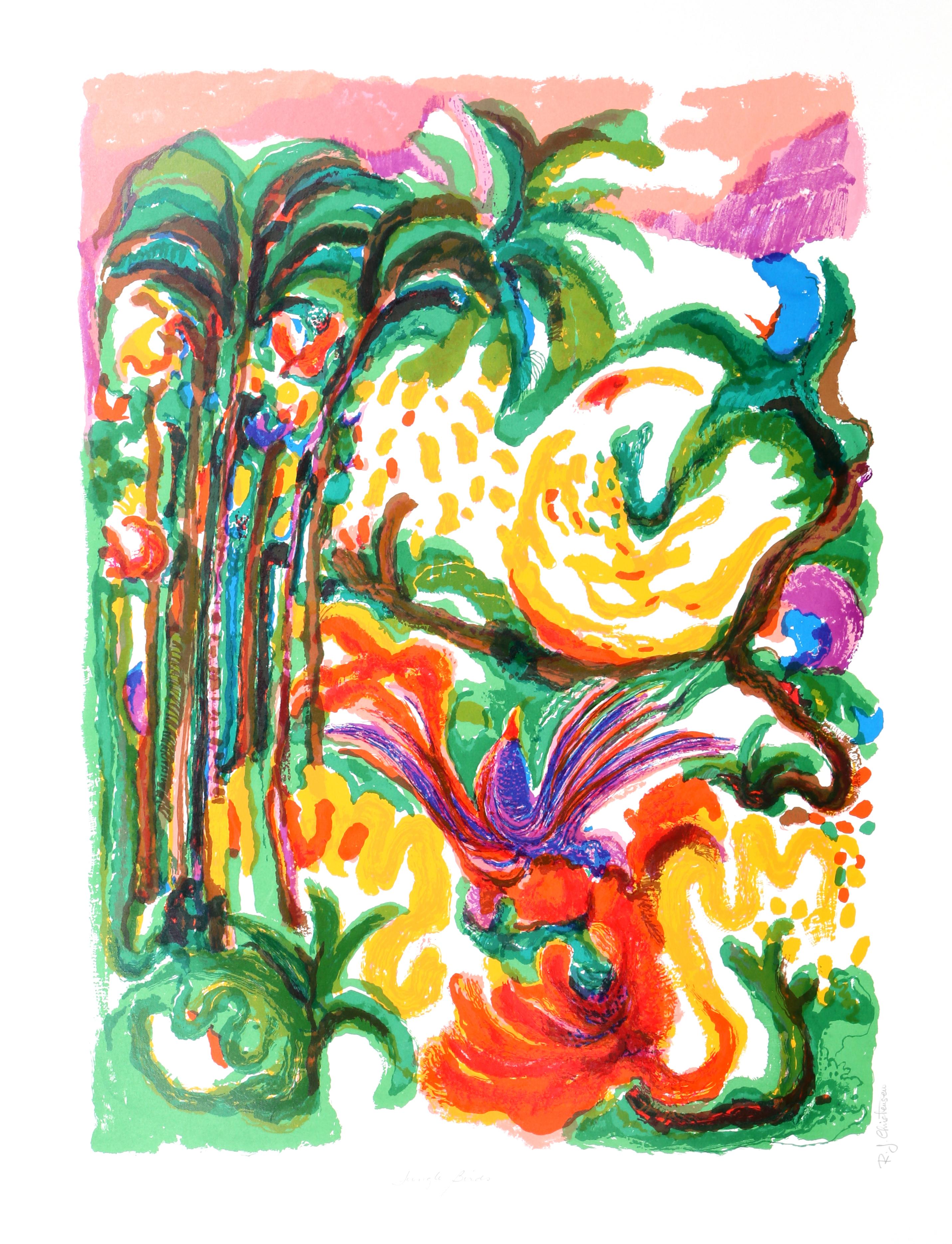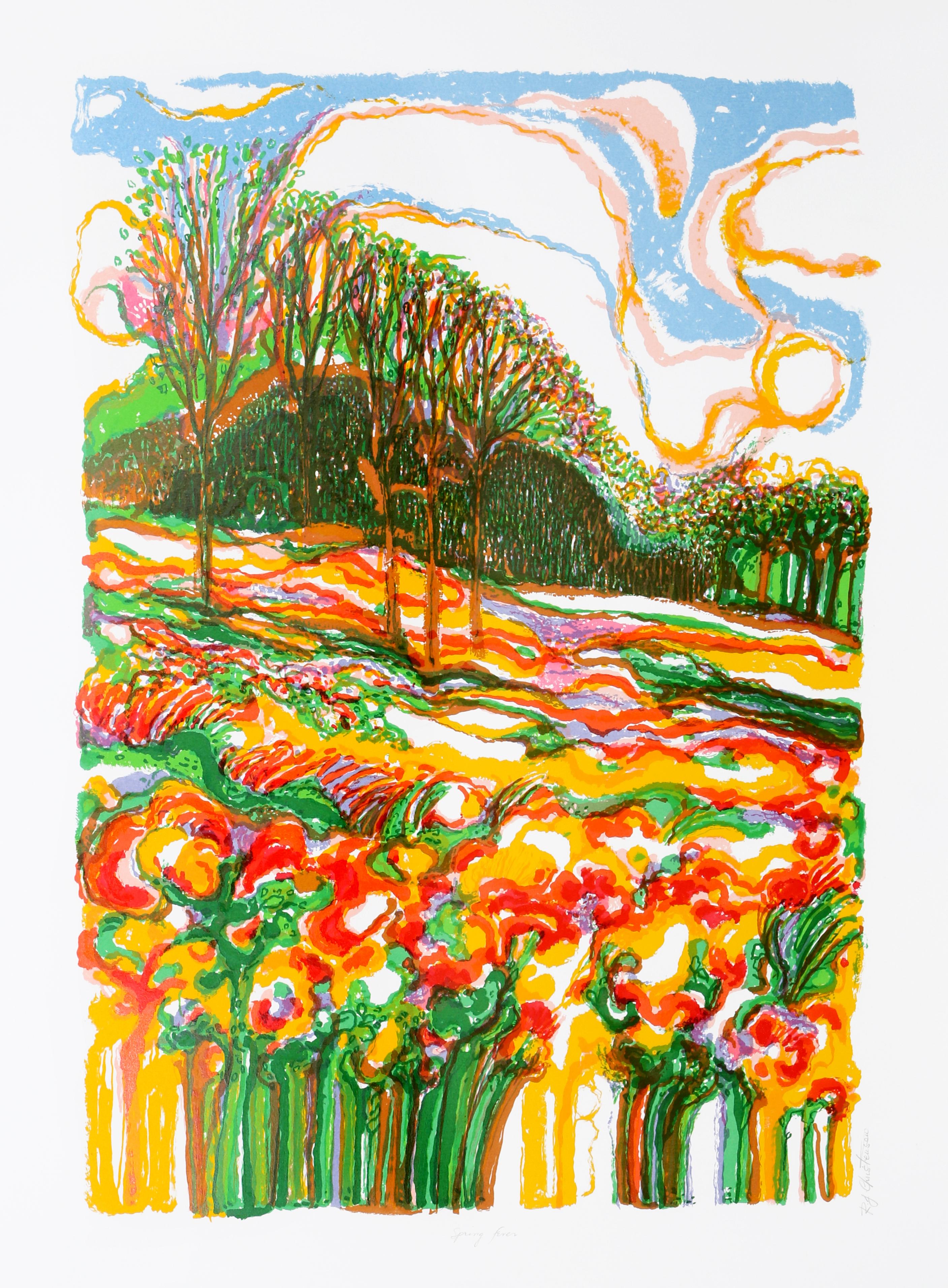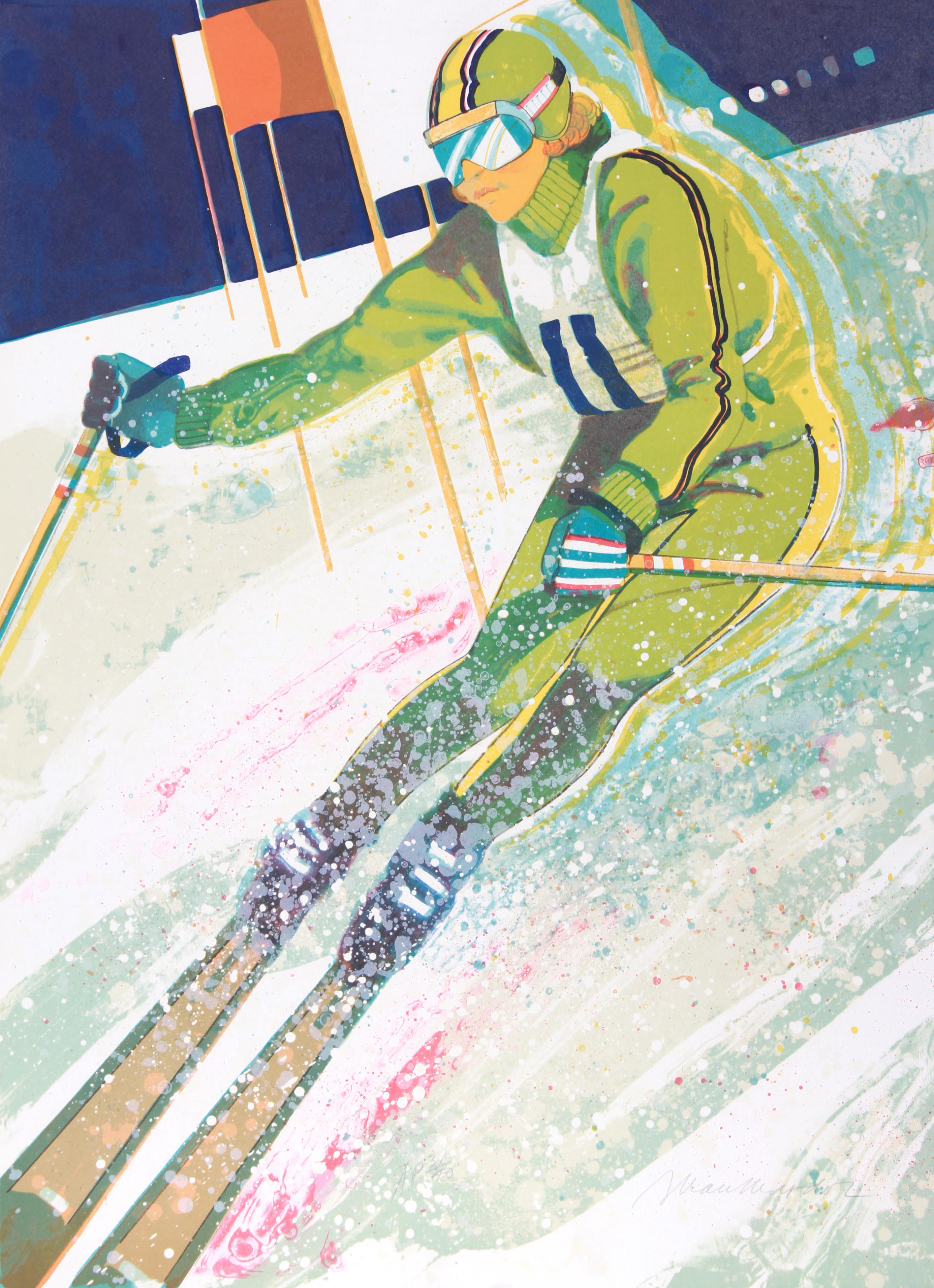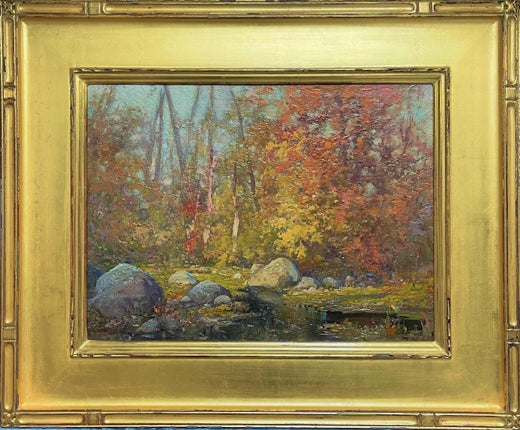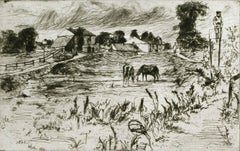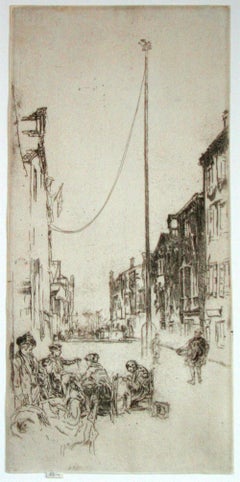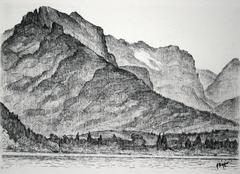
Cascade Mountain Landscape.
View Similar Items
Guy Carleton WigginsCascade Mountain Landscape.c. 1924
c. 1924
About the Item
- Creator:Guy Carleton Wiggins (1883-1962, American)
- Creation Year:c. 1924
- Dimensions:Height: 20 in (50.8 cm)Width: 24 in (60.96 cm)
- Medium:
- Movement & Style:
- Period:
- Condition:
- Gallery Location:Storrs, CT
- Reference Number:1stDibs: LU33521555773
Guy Carleton Wiggins
Guy Carleton Wiggins, the son of famed Barbizon School painter Carleton Wiggins, was a prodigious talent who, at age 20, was the youngest artist to have a work in the permanent collection at New York’s Metropolitan Museum of Art. Best known for his landscape paintings of New York City’s wintry urban scenes, Wiggins is regarded as one of the finest American Impressionist landscape artists of the 20th century.
Born in 1883 in Brooklyn, New York, Wiggins displayed an early talent for drawing and, in 1900, attended the Brooklyn Polytechnic Institute (now the New York University Tandon School of Engineering) to study architecture and drawing. However, he shifted his focus to painting, which he studied at the National Academy of Design under teachers Robert Henri and William Merritt Chase.
Recognition for Wiggins’s artistic talent came early in his career. In addition to his work being included at the Metropolitan Museum of Art in 1913, Wiggins won the prestigious Norman Wait Harris Bronze Medal from the Art Institute of Chicago in 1917. He also won several awards from the Art Club of Philadelphia, the Connecticut Academy of Fine Arts and the Salmagundi Club.
In 1920, Wiggins established a summer home in Old Lyme, Connecticut, where he became part of a group of painters who were developing their own form of Impressionism. Wiggins, however, had already established his own Impressionistic style that was based on French Impressionism and influenced by American Impressionist Childe Hassam.
During the 1930s, Wiggins divided his time between Connecticut and New York, painting Connecticut landscapes and New York street scenes such as his Winter in New York. Although some critics say his pastoral Connecticut landscapes were his best works, his snowy streetscapes set in Manhattan — brightened by pops of color in Wiggins’s depictions of green cars and rust-red building facades — are among the artist's most notable.
In 1937, Wiggins established the Guy Wiggins Art School in Essex, Connecticut. In the following years, he traveled nationally, painting scenes of Montana and Massachusetts as well as creating two paintings of the White House during Dwight D. Eisenhower’s administration. One of the paintings hung in the Oval Office during Eisenhower’s term and was eventually moved to the Eisenhower Presidential Library and Museum in Abilene, Texas.
Wiggins’s paintings remain part of public and private collections throughout the United States and elsewhere, long after his death in 1962. They are also highly sought-after among collectors of American Impressionist and early 20th-century art.
On 1stDibs, discover a range of authentic Guy Carleton Wiggins paintings.
More From This Seller
View AllMid-19th Century American Impressionist Figurative Prints
Etching
Mid-19th Century American Impressionist Landscape Prints
Drypoint, Etching
1870s American Impressionist Landscape Prints
Drypoint, Etching
Late 19th Century Impressionist Figurative Prints
Lithograph
The Master Smith. 1895. Lithograph. Way 84; Levy 123; Tedeschi, Stratis and Spink 120.i/ii. 4 1/2 x 5 1/2 (sheet 76 x 5 3/8). Only 15 lifetime impressions (in 2 states) were listed by Way; Goulding printed 38 impressions on 14 December 1903. The stone was erased in 1903. Printed on cream wove proofing paper. Monogrammed with the butterfly in the stone. A fine impression of this extremely rare lithograph.
Tedeschi, Stratis, and Spink write, page 366: As originally transferred to stone, the image includes trial marks made with a pointed crayon to the left of the sitter's shoulder. There is also a smudge at lower right below the image and a small stry mark upper right. Only one impression of this state has been located. Now in the Britigh Museum, London, it once belonged to Thomas Way and is illustrated in the Levy (1975) catalogue.' The impression illustrated above lacks the stray mark on the right, as the sheet is too small to accommodate it.
Tedeschi, Stratis and Spink write, page 366: 'This portrait of George Govier, was drawn ad the master smith conversed with the artist during a break from his work. Govier was born in Lyme Regis...
Late 19th Century Impressionist Figurative Prints
Lithograph
1920s Impressionist Landscape Prints
Drypoint, Etching
You May Also Like
Late 20th Century American Impressionist Landscape Prints
Lithograph
Late 20th Century American Impressionist Landscape Prints
Lithograph
21st Century and Contemporary American Impressionist Landscape Prints
Lithograph
Late 20th Century American Impressionist Landscape Prints
Lithograph
1910s American Impressionist More Prints
Lithograph
1910s American Impressionist Landscape Prints
Lithograph
